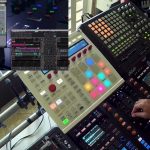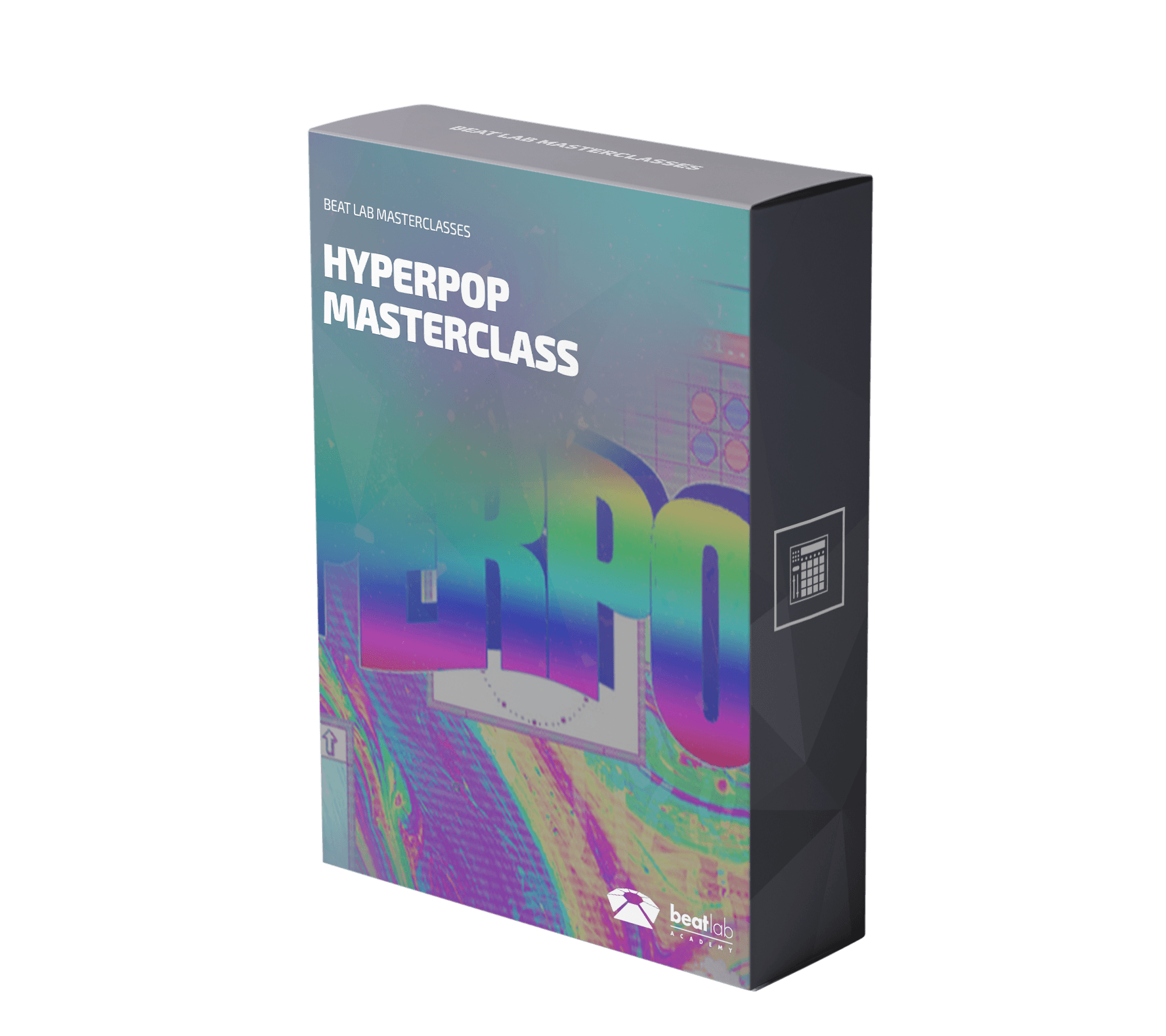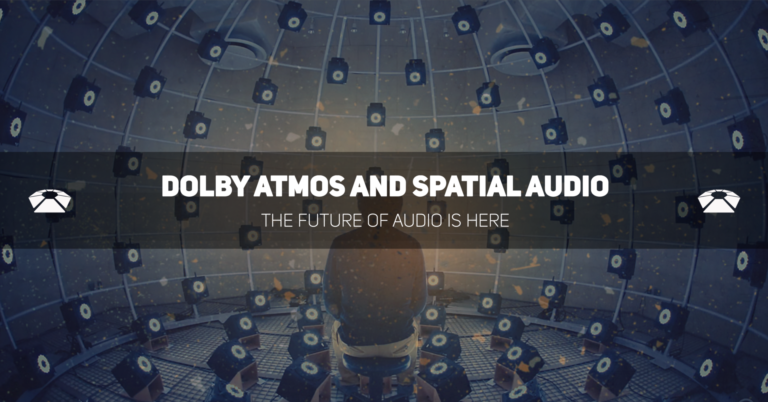
How To Choose The Right Audio Interface
For those of us just getting into recording, producing, and performing, or for those of us looking for an upgrade – there are a few common factors to consider and understand when looking for an audio interface. There are A LOT of choices today and the difference in quality in relation to price is not as obvious as it once was. You need to consider your immediate interface needs but also think about what you might need a year or two down the line. Joe Albano from Ask Audio recently wrote a great article about this topic, so combined with Joe’s tips, I will go over 5 factors to consider in your new audio interface.
1. Price
An obvious place to start, but as mentioned above you can find the quality you need in budget interfaces these days. You need to consider what quality of audio you need from your interface and what features you want out of your hardware. For most of us the quality of audio will outweigh the need for features. In this case, there are some very good options at low prices. The Apogee duet delivers top-notch audio quality for less than $600. Interfaces like the Scarlett 2i4, 6i6, and 18i8 ($199.99, $249.99, and $319.99 respectively) will not give you top-notch quality but will absolutely suffice for high-quality demos. If you want the best of the best in audio quality you’re going to need to spend at least $2000, but for most of us we can meet our demands in the $500 – $2000 range.
2. Compatibility
This shouldn’t be too much of a hassle for anyone since most interfaces are compatible across different platforms and class-compliant. Meaning there’s no need for third-party driver installation. To be sure use of your interface will run smoothly though, it’s a good idea to make sure the interfaces firmware/driver version is compatible with your current OS.
3. Connectivity
A small detail, but with the various options out there and the differences in computer models from year to year it is something we all have to consider. You want to make sure your interface will connect with your current computer, but interfaces can last long enough for you to also consider if it will be compatible with your next computer. Thankfully, input ports aren’t upgraded and changed out too quickly compared with our other technology, so a current connection has a good chance of being available on your next computer upgrade. Also, an interface with older ports can be made compatible with a newer computer via use of adaptors.
4. I/O (Input/Output)
This is another factor that requires you to consider what your current needs are, but what your future needs will be as well. For a lot of us we’re looking for something to produce quality in our bedrooms or home studios. Meaning we’re not going to be recording multiple live instruments at a time, or at least not 3 or more. This leaves us with a lot of options within our budget pricing since a 2 in/2 out interface is a basic setup. 4 in/4 out is the next option and is the place to start if you’re looking for multi-track recording capability. The 2 extra outputs will allow for extra monitor mixes for your recording musicians. An important note for those of you looking to perform live with backing tracks: you will need multiple outputs (2 will do). One output channel to send the backing tracks to the house speakers and another output to send the click track to your drummer, or whoever is keeping time with the backing tracks.
5. Latency
Latency is extremely important if you are looking for live recording capability for the studio or a live looping performance setting. Technologically we are at a place where low latency is common in all interfaces, so for demos/high quality demos pretty much all of the options are left on the table. However, even a tiny bit of latency can throw off a performance and leave you and your recording musicians frustrated. No amount of mixing and plug-ins can take the place of a great performance. The quality of your ports will affect latency (Thunderbolt is currently best) and so will the quality of your computer. Most interfaces have a “Near-Zero Latency” monitoring option though, which will allow the incoming signal to be split and routed back out to the performer before being routed through the computer.
Conclusion
The most important step in this process is identifying the needs for your interface. From there you have options – many, many options. There is a lot of quality out there for low prices. You can definitely make some magic without breaking the bank by efficiently understanding what you need. Use these 5 factors as guidelines and do some research on interfaces in your price range.








0 responses on "How To Choose The Right Audio Interface"